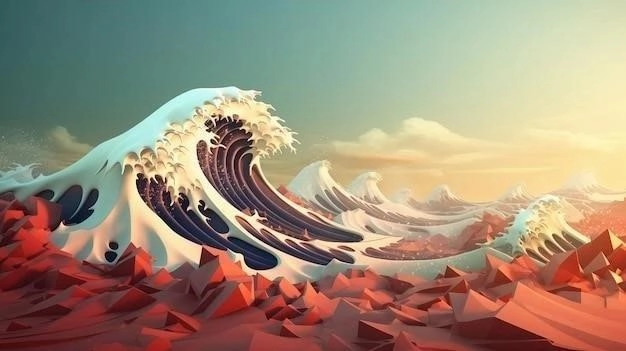Tsunamis, often mistakenly called “tidal waves,” are a powerful and destructive force of nature. These colossal waves can travel across entire oceans, carrying immense energy that can cause devastating destruction upon reaching coastal areas. Here are some intriguing facts about tsunamis that highlight their unique characteristics and potential for devastation:
Headers
Origins of Tsunamis
- Seismic Activity: The most common cause of tsunamis is underwater earthquakes, particularly those occurring along tectonic plate boundaries. When the ocean floor abruptly shifts, it displaces a massive volume of water, setting off the waves that develop into tsunamis.
- Volcanic Eruptions: Volcanic eruptions, especially those occurring beneath the ocean, can also trigger tsunamis. The violent expulsion of magma and debris can displace water, generating powerful waves.
- Landslides: Submarine landslides, particularly those occurring on continental slopes, can also generate tsunamis. The sudden movement of sediment can displace a large amount of water, creating waves that propagate outwards.
- Meteor Impacts: While less common, the impact of a large meteorite into the ocean can also cause a tsunami. The immense force of the impact can displace a massive amount of water, triggering a series of destructive waves.

Tsunami Characteristics
- Speed and Wavelength: Tsunamis can travel at astonishing speeds, reaching up to 500 miles per hour (805 kilometers per hour). This speed is comparable to that of a jet airplane. Their long wavelengths, which can stretch for hundreds of kilometers, allow them to traverse vast distances with minimal energy loss.
- Height: In the open ocean, tsunamis may appear as relatively small waves, only a foot or two high. However, as they approach shallower water near the coastline, they slow down and their energy becomes concentrated. This causes them to grow dramatically in height, often reaching over 100 feet (30.5 meters).
- Wave Train: Tsunamis are typically not a single wave but rather a series of waves called a wave train. This means that a coastal area may experience multiple waves arriving in succession, compounding the damage and extending the period of danger.
- Receding Water: A common warning sign of an approaching tsunami is the sudden receding of water from the coastline. This occurs as the trough, or low point, of the wave arrives before the crest. The receding water can expose the seafloor and harbor areas, creating a deceptive sense of calm just before the destructive waves hit.

Impact and Mitigation
- Devastating Consequences: Tsunamis are among the most destructive natural disasters, capable of causing widespread devastation, loss of life, and significant economic damage. Their immense force can inundate coastal areas, destroying buildings, infrastructure, and natural ecosystems.
- Early Warning Systems: Early warning systems, such as the Pacific Tsunami Warning System, play a crucial role in mitigating the impact of tsunamis. These systems rely on a network of seismic sensors and water level gauges to detect potential tsunami-generating events and issue timely warnings to coastal communities.
- Preparedness and Evacuation: Coastal communities need to be prepared for tsunamis by developing evacuation plans, establishing designated high-ground areas, and educating residents about tsunami hazards and safety measures.
- Infrastructure: Building infrastructure that can withstand the forces of a tsunami is essential. This includes designing buildings and infrastructure to resist flooding, constructing seawalls and breakwaters to protect coastal areas, and establishing warning systems to alert residents.
Understanding the characteristics and dangers of tsunamis is crucial for safeguarding coastal communities and mitigating their devastating impacts. Through advancements in early warning systems, preparedness measures, and infrastructure design, we can reduce the risk of loss of life and property damage caused by these powerful natural phenomena.










